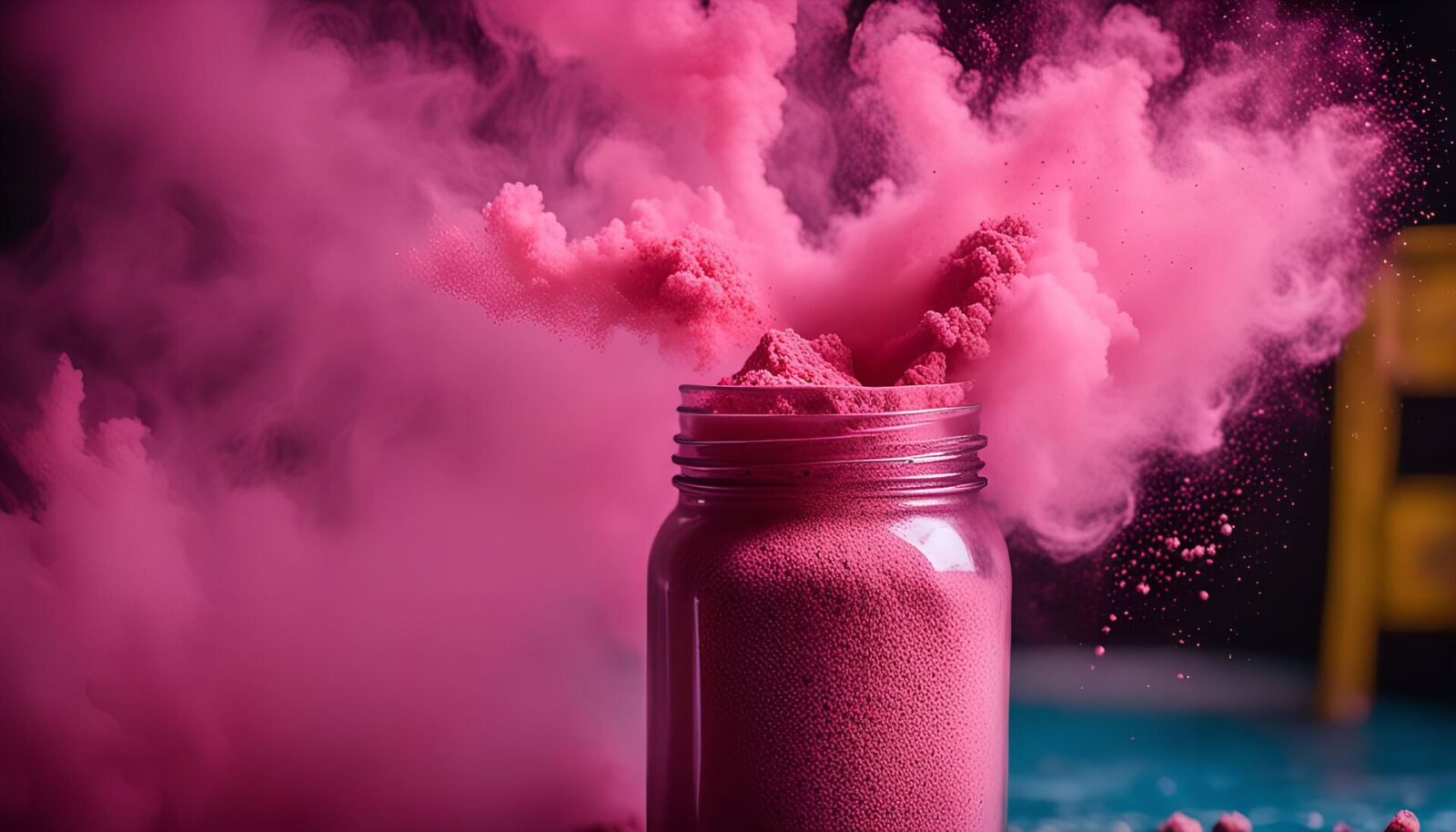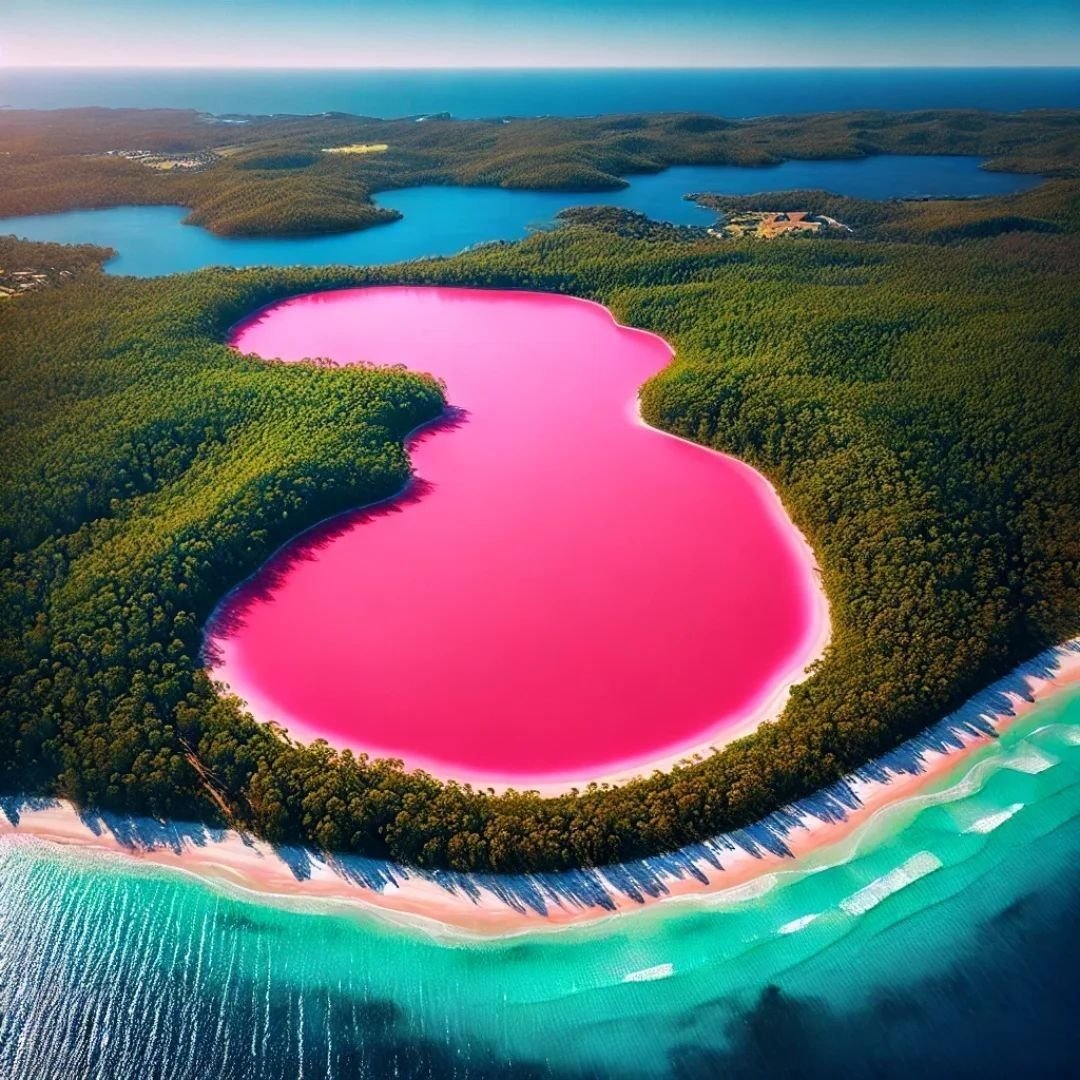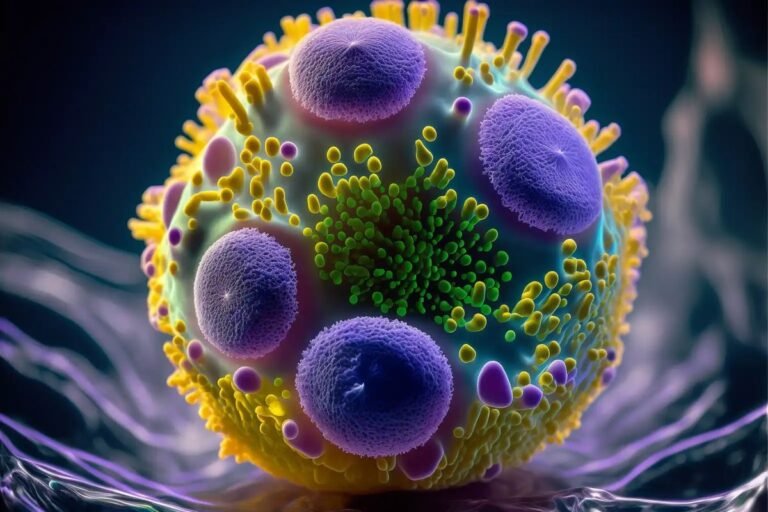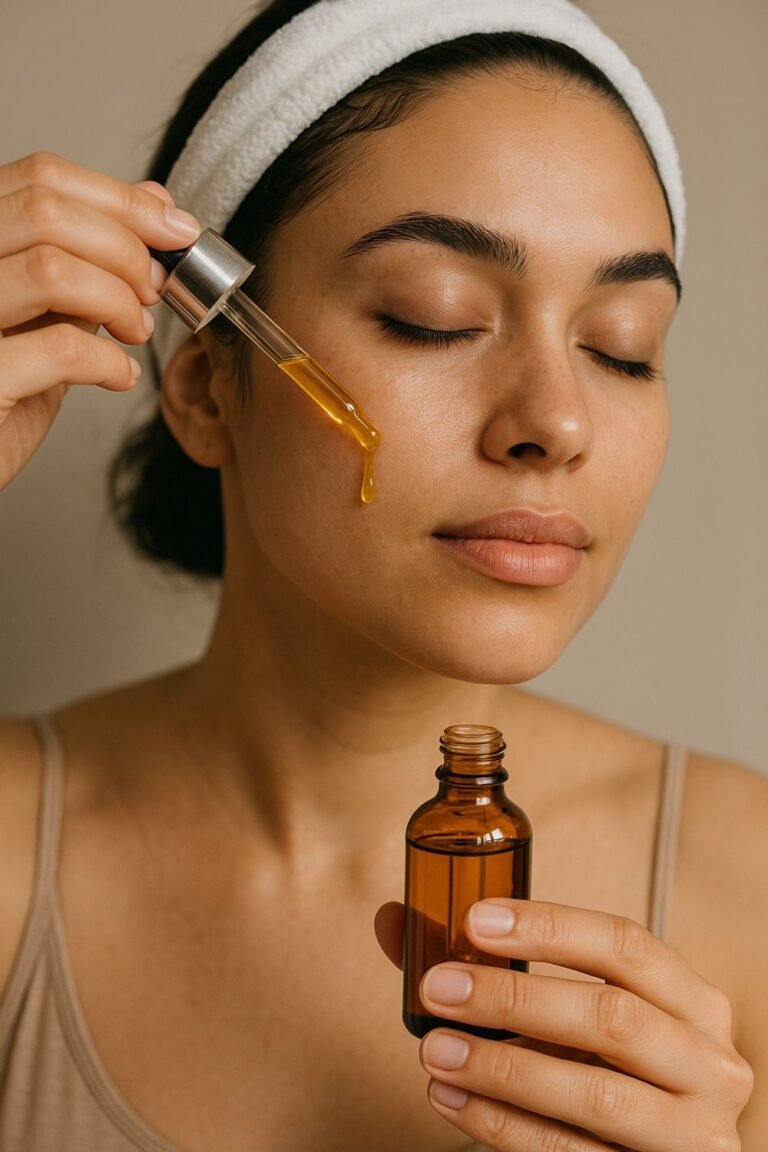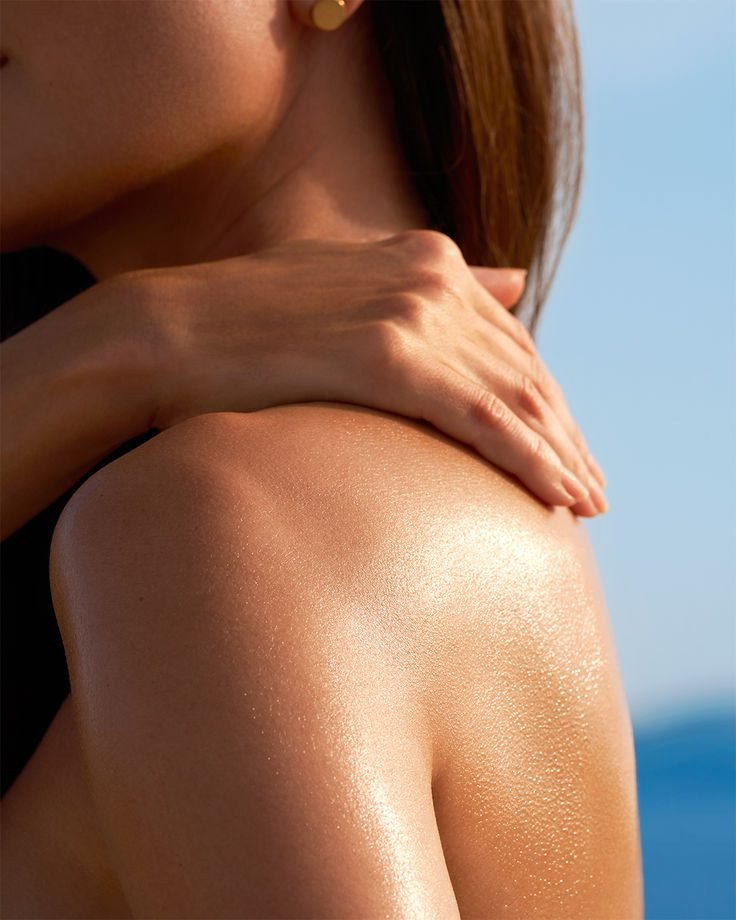Natural color additives are transforming modern personal care. As consumers demand transparency and sustainability, formulators are moving beyond synthetic dyes toward mineral pigments, botanical extracts, and natural lakes. These colorants not only deliver vivid, stable hues but also align with the values of clean and eco-conscious beauty.
This article explores the science behind natural pigments and lakes, how they perform across formulations, and what chemists should know about achieving color consistency, safety, and long-term stability.
What Are Natural Pigments and Lakes?
Natural pigments are insoluble colorants derived from minerals, plants, and microalgae. Iron oxides create warm earth tones such as ochre, sienna, and terracotta, while ultramarines yield deep blues and violets. Moreover, carotenoid-rich extracts such as beta-carotene and lycopene provide golden to reddish hues and add antioxidant activity (Antioxidants, 2021).
Lakes, on the other hand, are formed by precipitating a dye onto an inert substrate such as alumina hydrate or calcium salts. This process transforms a soluble dye into an insoluble pigment that disperses easily in oils and waxes (Color Research & Application, 2019). As a result, lakes are ideal for anhydrous systems like lipsticks, balms, and pressed powders, where smooth texture and strong color payoff are essential.
Together, pigments and lakes provide formulators with a broad palette that combines natural origin, aesthetic versatility, and performance reliability.
Why Natural Color Additives Matter
Consumer trust and storytelling
Today’s consumers expect authenticity. Ingredients with traceable origins and sustainable sourcing foster confidence and transparency. In fact, studies show that clear ingredient communication enhances brand loyalty (Sustainability, 2020).
Shade versatility and innovation
Natural pigments now cover an impressive range—from neutral tones to bold reds, greens, and blues. Additionally, combining minerals with botanical or algal extracts expands creative options. For instance, carotenoids from Dunaliella salina or Spirulina platensis yield vivid orange and blue shades while providing antioxidant benefits (Marine Drugs, 2022).
Compatibility and ease of processing
Modern pigment dispersions allow formulators to achieve uniform shades with minimal processing time. Furthermore, pre-dispersed forms improve texture and ensure stable optical performance.
Regulatory confidence
Pigments such as iron oxides, ultramarines, and chromium oxides are recognized under U.S. FDA 21 CFR Part 73 and the EU’s Annex IV. Therefore, they can be safely used in a wide range of personal care and cosmetic applications.
Formulation Insights for Chemists
Creams and lotions
To achieve even tone and smooth texture, disperse iron oxides and titanium dioxide alternatives in the oil phase or use pre-dispersed concentrates in emollients. Lakes add opacity and warmth, making them ideal for tinted moisturizers and BB creams. Additionally, proper wetting and controlled shear prevent streaking and uneven coverage.
Makeup systems
For lipsticks, powders, and sticks, lakes provide uniform, high-intensity color. Ultramarines and chromium oxides produce greens, blues, and violets, while iron oxides deliver reds and neutrals. Moreover, natural carotenoid blends can replace synthetic dyes in tinted balms, offering both vibrancy and antioxidant benefits.
Haircare and rinse-off products
In shampoos and conditioners, stable iron oxides introduce gentle tones, while botanical extracts such as hibiscus or beetroot impart softer hues. However, natural pigments may fade faster in surfactant systems. For better retention, formulators can use antioxidants or encapsulated forms.
Ensuring Stability and Quality
Dispersion and particle control
Uniform milling ensures smooth payoff and consistent shade. High-shear mixers or three-roll mills help reduce particle size and achieve a refined finish (Journal of Cosmetic Science, 2021).
Light and heat stability
Although mineral pigments are photostable, botanical colorants can degrade under UV exposure. Therefore, adding antioxidants such as tocopherols, ascorbyl palmitate, or rosemary extract helps preserve shade intensity.
Batch consistency
To maintain reproducibility, formulators should measure Lab* color values across production lots. This objective method supports traceability and quality control.
pH sensitivity
Certain botanical pigments, such as anthocyanins, change hue depending on pH. Consequently, buffer systems or encapsulation can help maintain color uniformity in aqueous or emulsion-based products.
Future Trends in Natural Pigments and Lakes
The future of natural color innovation lies in biotechnology, encapsulation, and green processing. Researchers are producing high-purity carotenoids like β-carotene and astaxanthin through fermentation, ensuring consistent supply and lower environmental impact (Frontiers in Bioengineering and Biotechnology, 2023).
Furthermore, multifunctional pigments are gaining momentum. Algal pigments such as phycocyanin and phycoerythrin not only deliver striking colors but also provide antioxidant and anti-inflammatory activity. As a result, they bridge decorative cosmetics and skincare functionality.
In addition, new-generation lakes are being engineered using greener substrates and optimized adsorption techniques. These improvements yield brighter, more stable pigments that rival synthetic options in both intensity and durability.
Quality, Compliance, and Sourcing Transparency
Clean beauty trends are elevating expectations for ethical sourcing and certification. Therefore, suppliers now emphasize COSMOS, Ecocert, and Vegan compliance to demonstrate transparency. Moreover, advanced analytical methods—such as ICP-MS and chromatographic fingerprinting—help verify purity, detect trace metals, and ensure regulatory compliance.
The Outlook for Clean Color Innovation
Natural pigments and lakes are rapidly evolving from niche alternatives to core formulation tools. Thanks to new dispersion systems and encapsulation techniques, these materials now deliver bright, stable, and sustainable shades across applications.
Consequently, formulators can design next-generation products that combine aesthetics, function, and purpose. For example, tinted serums containing carotenoids offer both color and antioxidant protection, while botanical lip balms nourish and tint simultaneously.
Conclusion
Natural pigments and lakes represent the future of eco-conscious formulation, merging color science with sustainability. They embody the shift toward cleaner, more transparent beauty products that inspire consumer confidence while meeting technical demands.
As technology advances, natural colorants will continue to rival synthetic dyes in vibrancy and stability. In this way, they are redefining what’s possible in clean beauty design.
If you are exploring natural color additives for your next formulation or want to see our full range of natural microalgae pigments and botanical color systems, visit
👉 Grand Ingredients Product Center – Microalgae Bioactives
For detailed technical data, formulation guidance, or samples, contact info@grandingredients.com. Grand Ingredients supplies high-performance natural pigments and lake dispersions designed for modern, sustainable cosmetic innovation.

